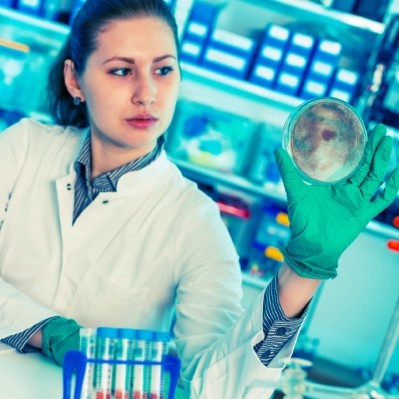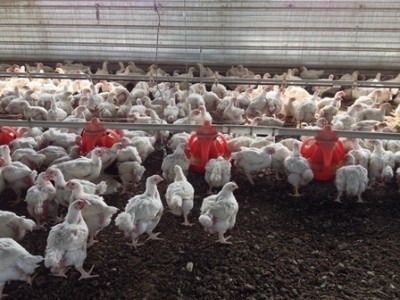EPA rewards aquaculture and E. coli focused probiotic studies

The scientist behind that study has just been jointly awarded this year’s Jules Tournut Probiotics Prize, an annual initiative of the European Probiotic Association (EPA), which aims to reward young researchers for their contribution to the development of knowledge around animal nutrition targeted probiotics.
Marie Smedley’s PhD project, which was carried out at the University of Stirling in the UK, won in the innovative industrial application category; it showed the probiotic, Pediococcus acidilactici, can help limit skeletal deformities in salmon, reported the EPA.
Deformities are a significant welfare concern in finfish aquaculture, according to that study.
Triploid Atlantic salmons, found Smedley, are more prone to such irregularities than their diploid Atlantic salmon siblings, which has hindered that species wider commercial adoption.
The EPA noted other studies have indicated that dietary deficiencies, including phosphorous, may be the cause of such skeletal non-conformity, but Smedley’s research is the first to investigate the use of probiotics in triploid fish. Her results show the probiotic could offer a potential alternative to high dietary phosphorus in reducing such deformities during salmon development, said the association.
Promising avenue
The abstract of the study noted: “The inclusion of the probiotic Pediococcus acidilactici was also tested as a means to enhance gut assimilation as suggested in previous studies and therefore reduce the levels of [phosphorous] P supplementation.
“Results clearly indicate superior skeletal performance in [triploid] parr (30g) as well as significantly less deformed vertebrae and no severely deformed individuals. However, at smolt (~83g), no effects of the dietary probiotic treatment were observed which may also be attributed to seasonal effects.
“Overall, nutritional research clearly indicate triploids require higher dietary P for optimal growth and skeletal development, which although is not consistent between life stages, is ultimately required throughout [freshwater] FW for optimal skeletal development at smolt.
“The use of probiotics offers a promising avenue for reduced P requirement in FW feed and further research should verify results and assess long-term performance.”
The EPA said the research indicates such probiotics may offer a cheaper and more environmentally friendly nutritional approach to skeletal deformities in aquaculture.
Smedley’s results have “pioneered the initial stages of subsequent commercial implementation of the probiotic in a specific feed for triploid salmons,” it added.
E. coli control
The association also awarded Cécile Verdier’s work the Jules Tournut probiotic prize for scientific excellence. It said her research, conducted at the French’s Agronomical Research Institute (INRA), showed that a specific probiotic was able to protect infected mice used as an animal model from Escherichia coli (EHEC) infection.
Clinical and histological signs were reduced, as well as intestinal colonization by the pathogen, said the EPA.
Moreover, the probiotic modulated the expression of pro-inflammatory molecules. “It appeared that this protective effect was linked to the biological activity of the live yeast since inactivated yeast was unable to protect the mice. This project also suggested that the mice model is interesting to evaluate strain survival as a first step of probiotic development for animal feed,” said the EPA.
Modes of action
The recently published FAO meta-analysis, Probiotics in Animal Nutrition, compiled by researchers in the School of Agriculture and Food Sciences at the University of Queensland in Australia, noted several proposed modes of action of probiotics.
“Some of these mechanisms are associated with the inhibition of enteric pathogenic micro-organisms, while others are responsible for improved animal performance.
“Different probiotics may have similar mode(s) of action, while a specific strain could function through multiple mechanisms. For example, several probiotic strains have similar effects on the gastro-intestinal microbial population.
However, modes of action of specific probiotics are generally not understood. In most of the studies about effects of probiotics on performance, the exact mode of action of probiotics is not fully understood.”
They argued that as closely related probiotic microorganisms appear to have different modes of action; mechanisms need to be studied on a case-by-case basis.
“Effects of probiotics are the outcome of interaction between host and probiotic micro-organism. Therefore, further studies on host-microbes interaction could elucidate the probiotic mode of action.
“The rapid advances in molecular methods and DNA sequencing used to study microbial ecology will greatly facilitate our understanding of the way probiotics work,” added the authors.








